|
Mammal Tracks and Sign
|
Deer
Page 3 of 3
|
|
|
|
BROWSE |
|
|
|
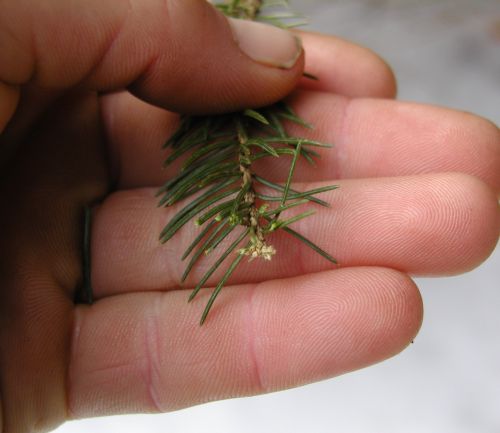
Photo by Alexis Burnett
|
Deer browse on White Spruce.
Unlike rabbits, Deer don't have any
upper front teeth, so they must tear rather than slice through
plants in order to eat them.
|
|
|
|
|
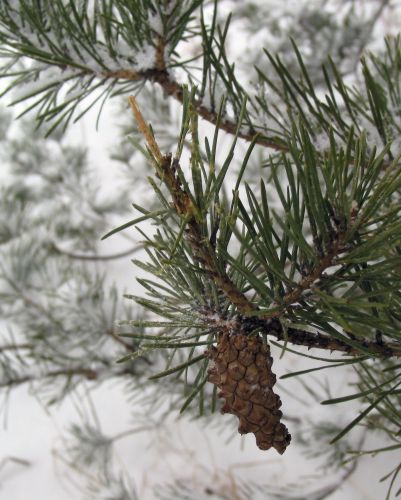
|
Here is a Scots Pine that deer have
browsed on.
|
|
|
|
|
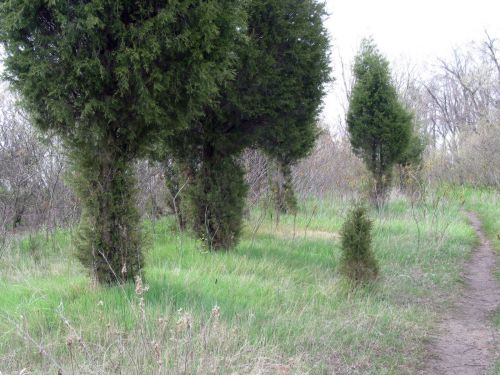
|
When deer are plentiful in an area, the
trees will exhibit a "browse line" that is the height they can
reach to browse.
These are heavily browsed Red Cedar
trees in Point Pelee National park (Ontario, Canada).
|
|
|
|
|
|
|
|
RUBS & SCRAPES |
|
|
|
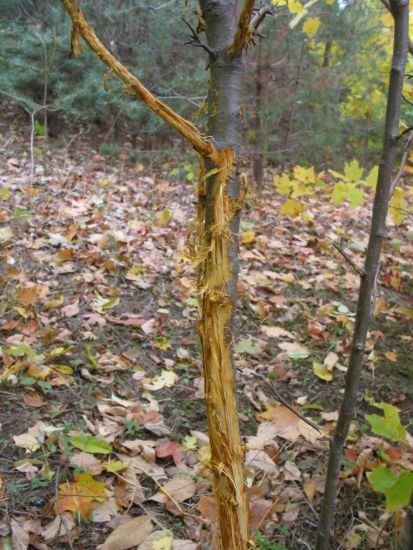
|
When deer's antlers have finished
growing they have the urge to rub off the velvet that coats
them. They do this on small trees and shrubs.
|
|
|
|
|
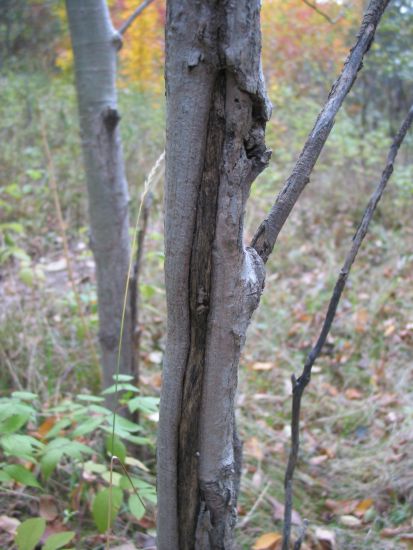
|
An old deer antler rub which has
partially healed over.
|
|
|
|
|
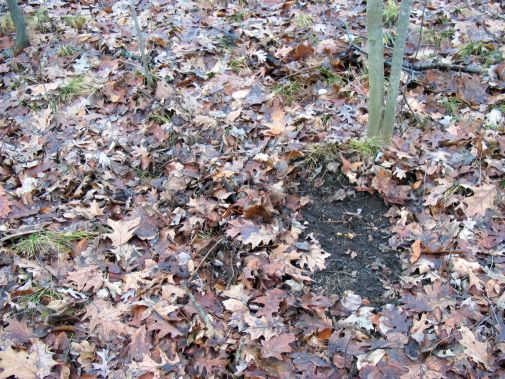
|
A Deer scrape, caused by the deer pawing
the ground with their hooves. They do this in rutting season.
|
|
|
|
|
|
Similar species:
|
|
Previous
Next |
|
|